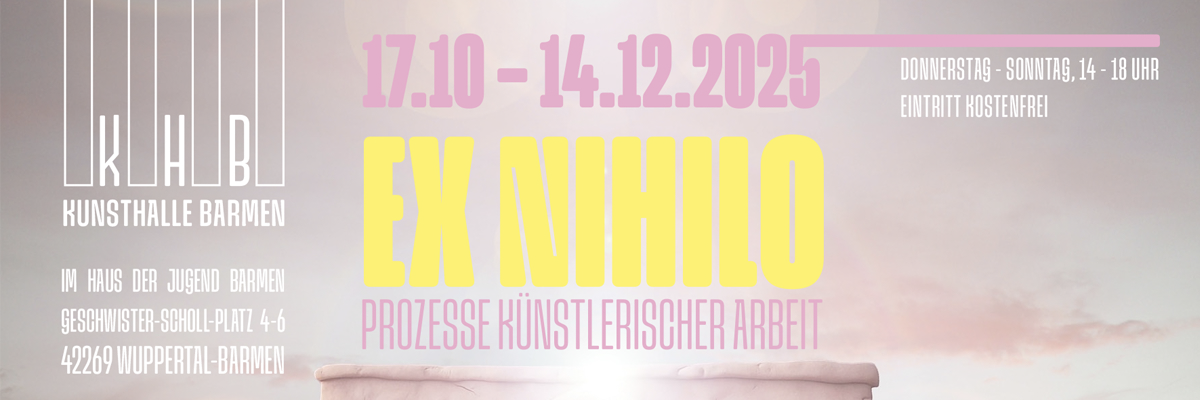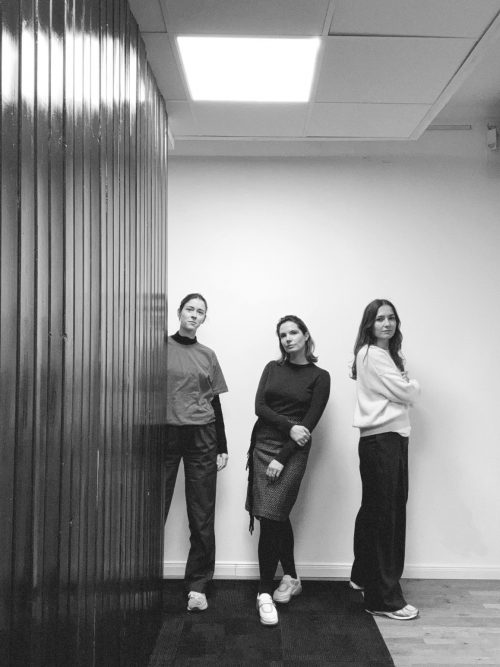
Samson Kambalu
Samson Kambalu at Galerie Nordenhake Berlin
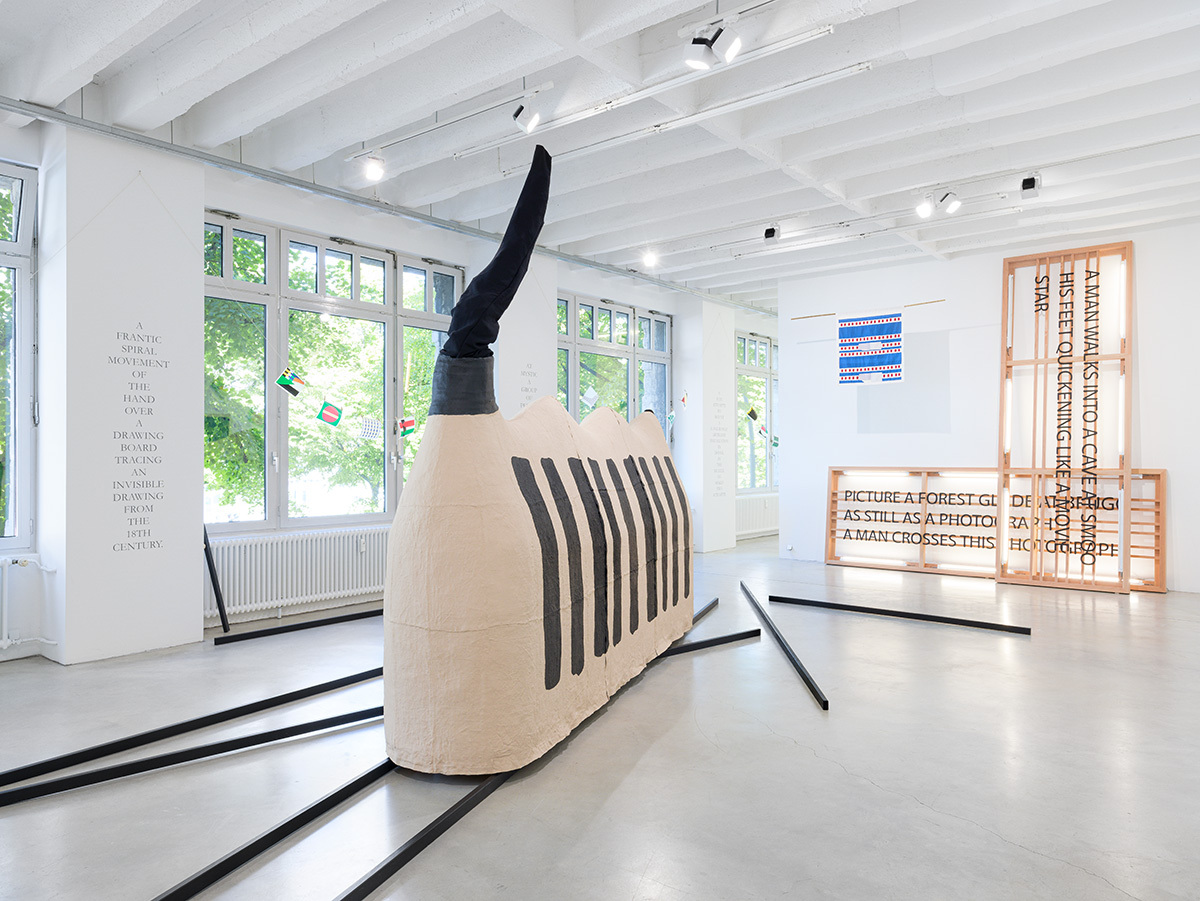
Installation view "Samson Kambalu - Mdondo"
Advertisement
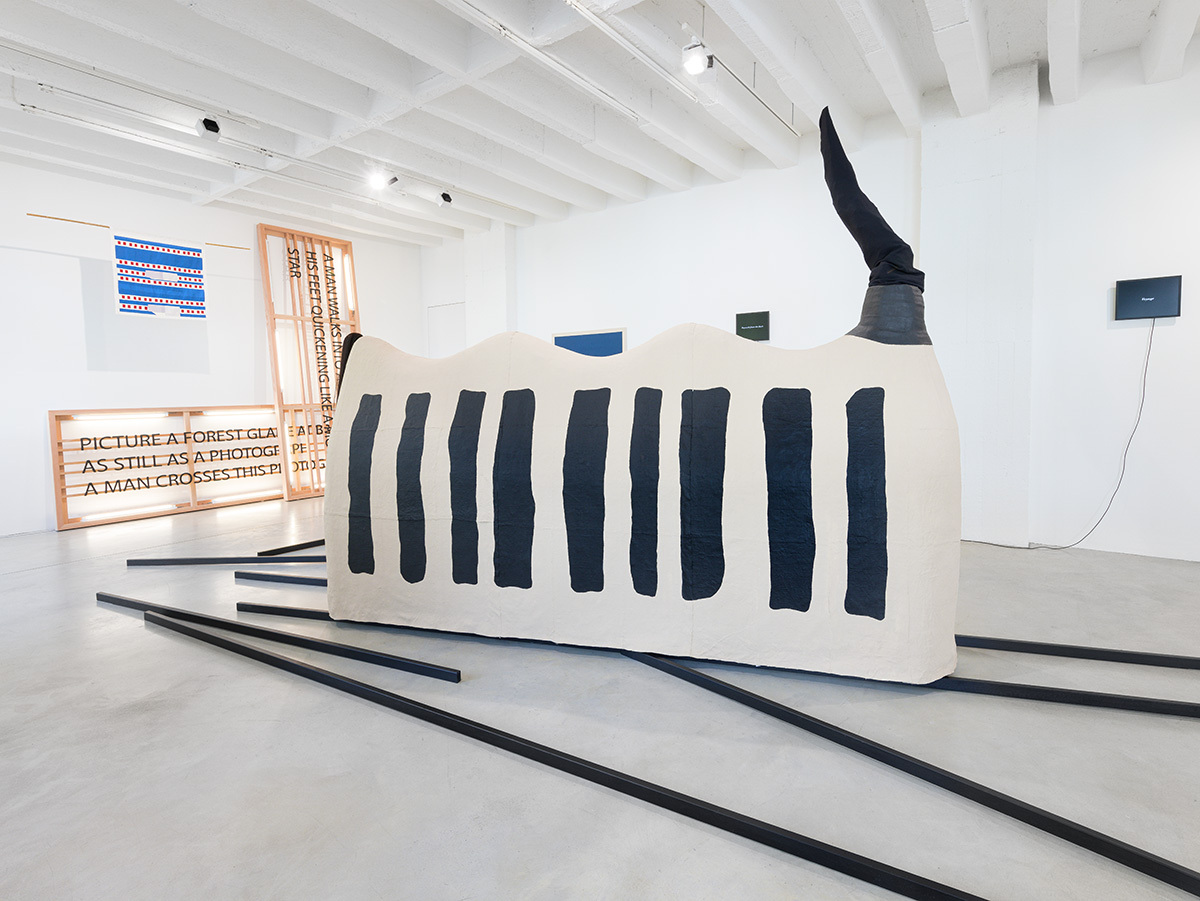
Installation view "Samson Kambalu - Mdondo"
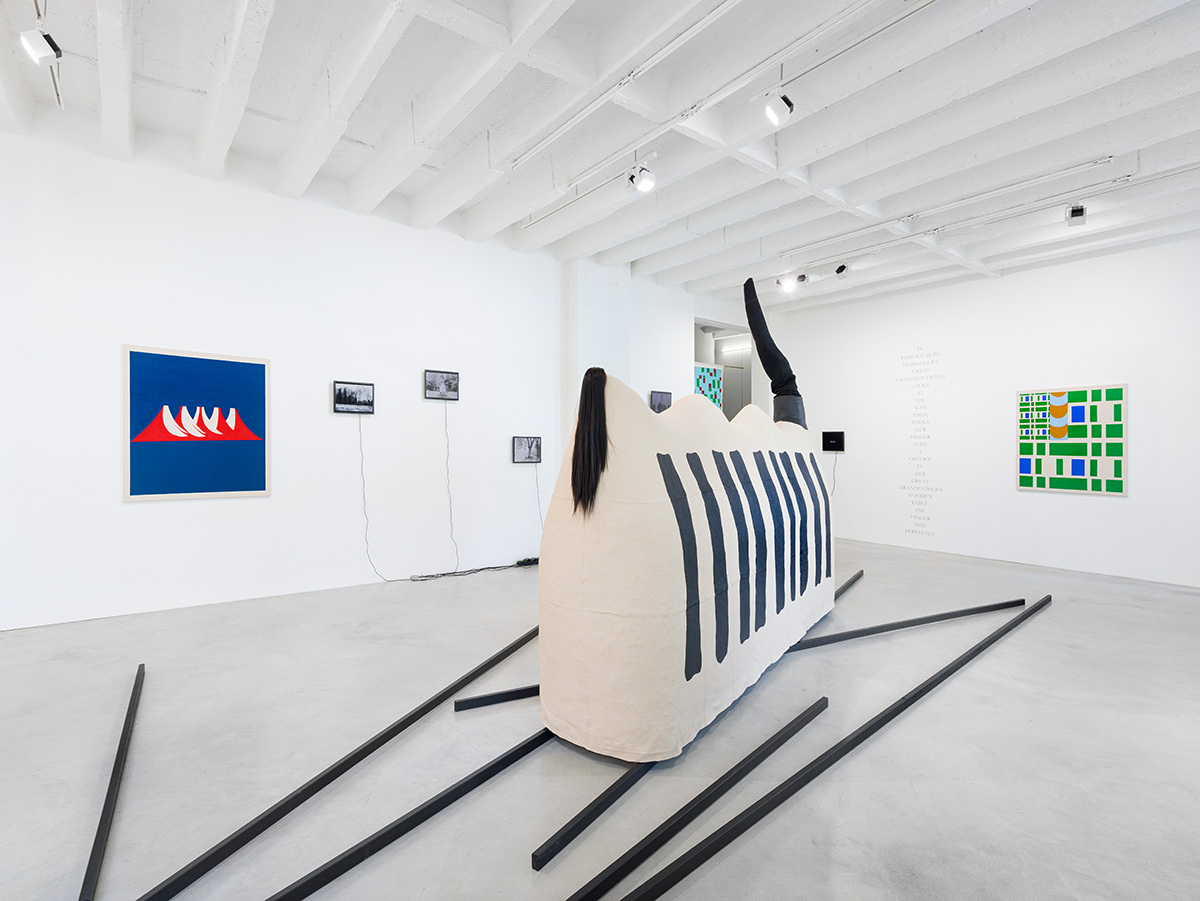
Installation view "Samson Kambalu - Mdondo"
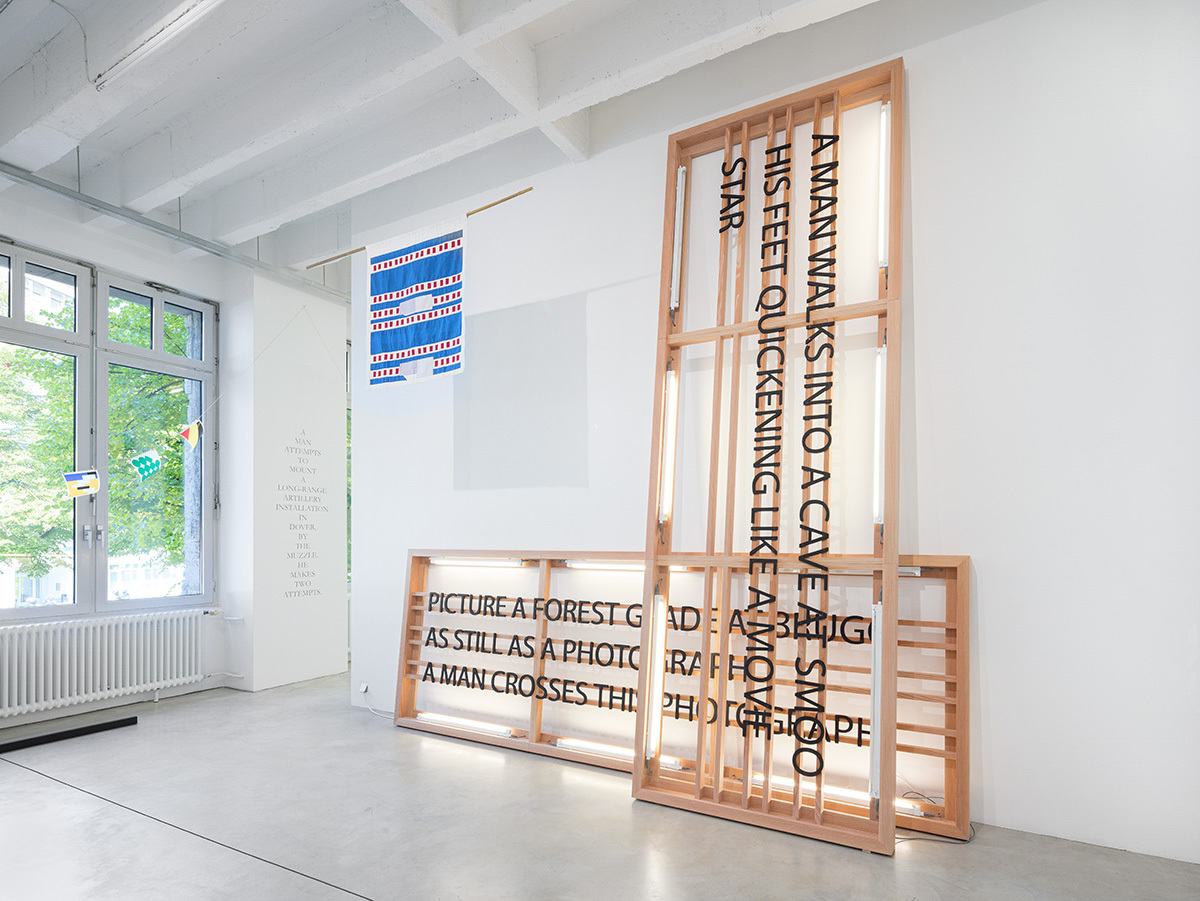
Installation view "Samson Kambalu - Mdondo"

Installation view "Samson Kambalu - Mdondo"
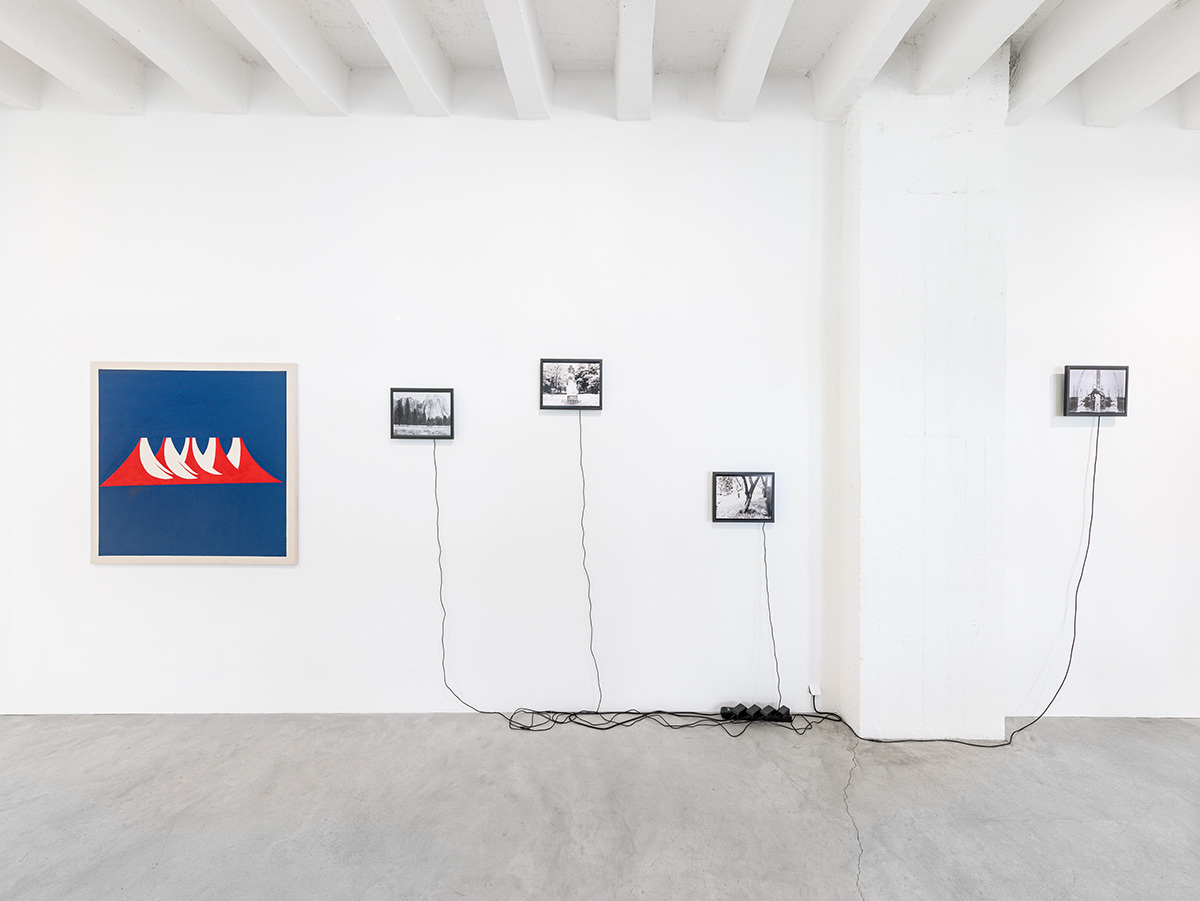
Installation view "Samson Kambalu - Mdondo"
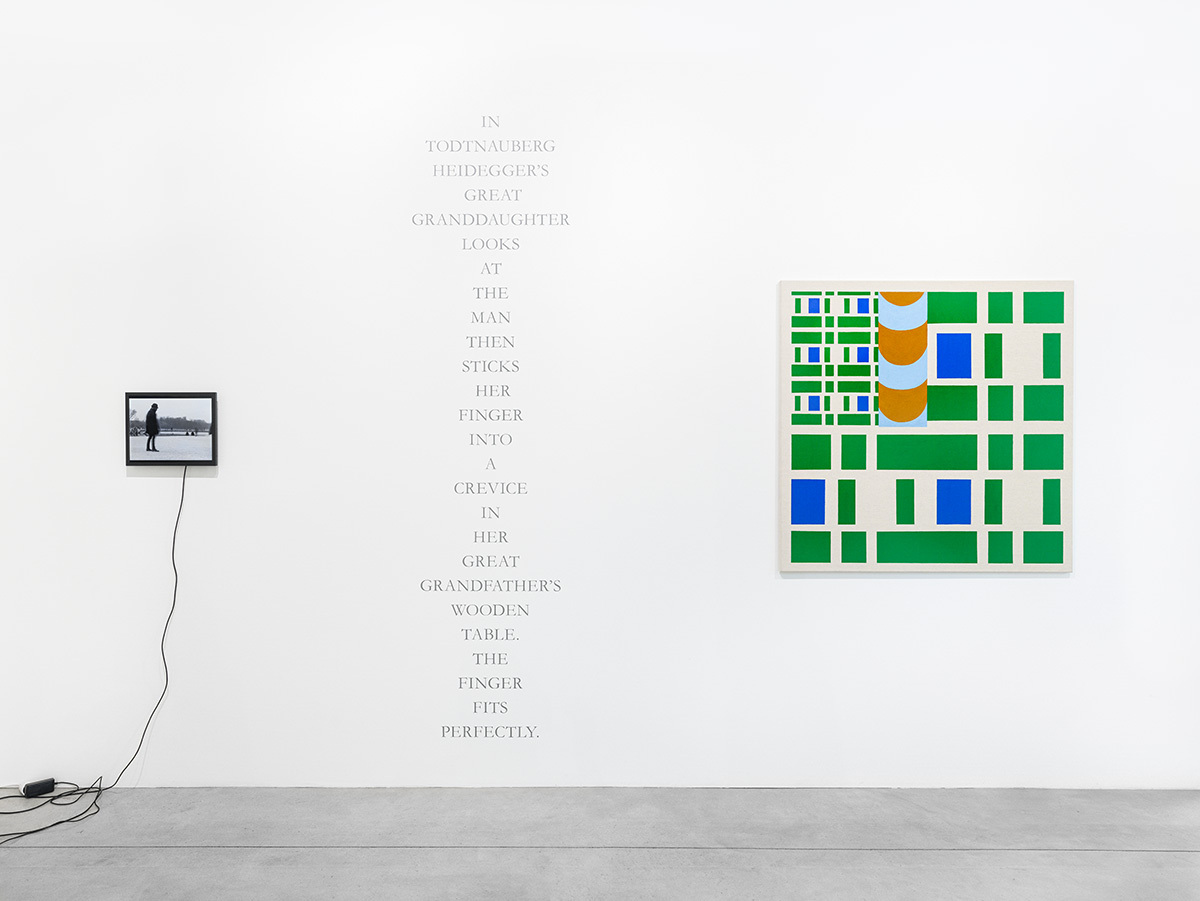
Installation view "Samson Kambalu - Mdondo"
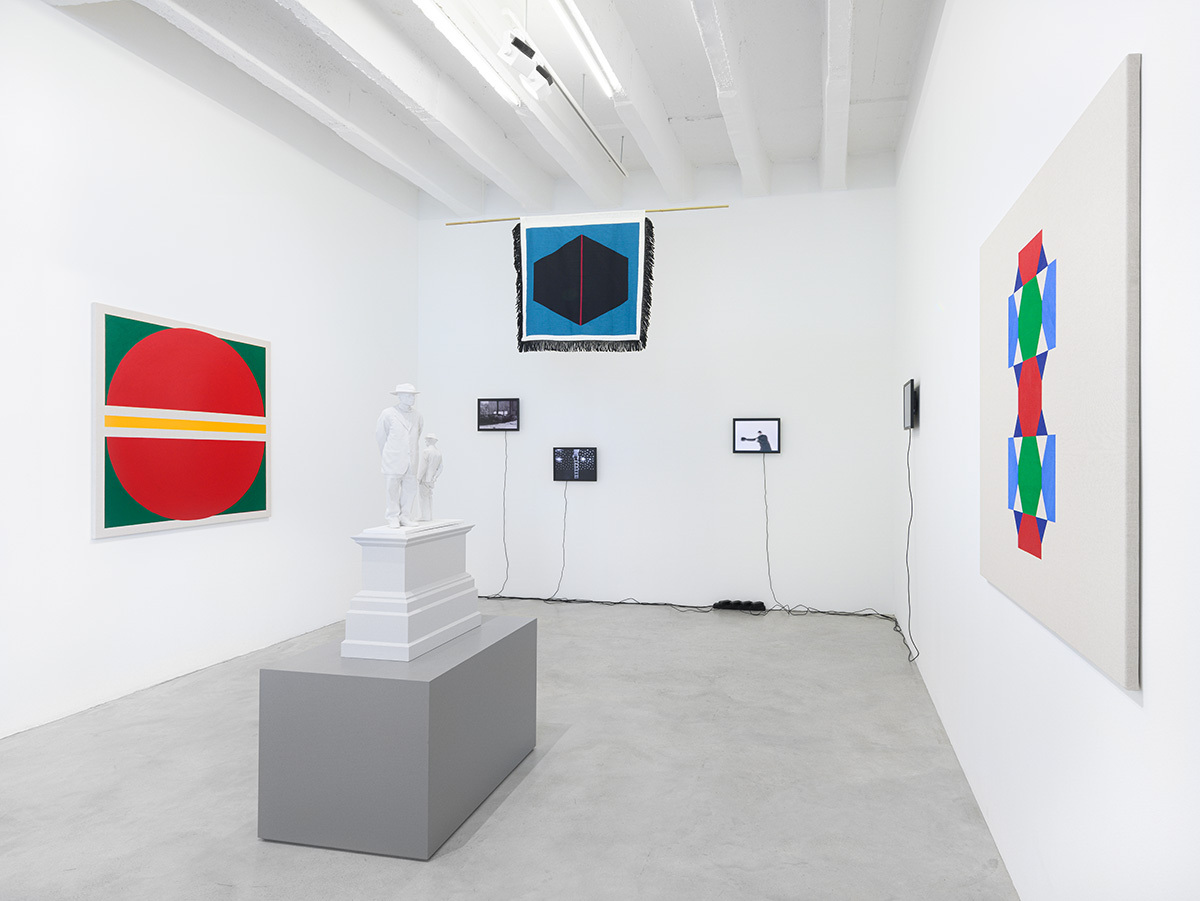
Installation view "Samson Kambalu - Mdondo"
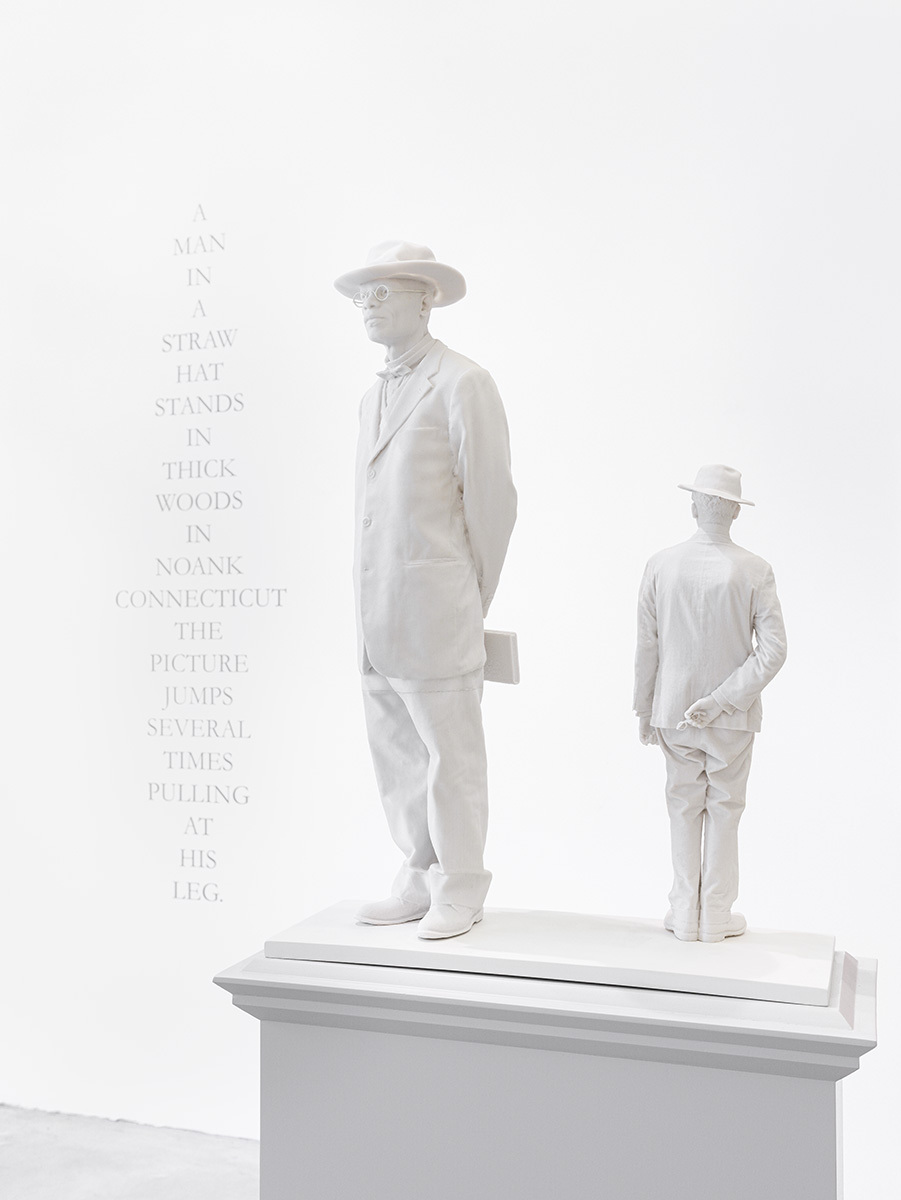
"Dancer in the Woods (Synopsis)", 2022 and "Antelope – Ghost Maquette for the Fourth Plinth", 2021, Installation view "Samson Kambalu - Mdondo"

Installation view "Samson Kambalu - Mdondo"
With “Mdondo,” Samson Kambalu presents his first solo exhibition in Germany. The show provides an overview of his most recent work, combining several series in an expansive presentation: Nyau cinema videos, synopsis text works, flags, a new large sculpture, and the maquette for Antelope, the sculpture that was awarded the Fourth Plinth Commission and will be on view at London’s Trafalgar Square from September 14 for two years.
In his playful, multi-media practice, Kambalu fuses aspects of Nyau culture, a secret society of the Chewa in Malawi known for their ritual mask performances, with the anarchic and anti-material practices of the Situationists and the aesthetic legacy of early and expressionist film. His work is often autobiographical and shaped by his research on emancipatory movements and the multiple and merging belief systems that he encountered during his youth in Malawi.
Mdondo, the titular sculpture, was created especially for the exhibition in collaborative effort with the gallery team and is inspired by the syncretic and subversive mask figures of the Chewa. The sculpture fuses notions of the bull as an emblem of strength with aspects of a train and thus plays with the experience and horrors of modernity and colonialism in his country of origin. Malawian migrant workers were forced to travel by train to Johannesburg and Kimberley to work the mines there.
This central figure of the bull is surrounded by a colorful variety of multi-national flags using a variety of media. Kambalu creates the models for these printed, sewn, and painted flags with the help of an app, in which he dissects and rearranges the original flag motifs. The result is a geometric pattern that recalls the visual language of Western abstract painting or Kuba fabrics.
Kambalu uses deconstruction and montage in a similar manner in Nyau Cinema, a series of videos he has been making since 2012. In these short films, Kambalu appears as an “Everyman” figure in often absurd and amusing situations in public space. They show a sometimes pleasurable and respectless struggle with the specific locations and their history and suspend space and time in a non-linear continuous loop. They link to childhood memories of the rapid live cuts of Malawian projectionists, who edited together highlights from various action films as a reaction to torn film strips or in response to the demand of the lively audience.
The sculpture "Antelope" pays homage to the pan-Africanist and anti-colonial Malawian rebel John Chilembwe. It is based on the last photograph of the U.S.-trained preacher and his friend, the English missionary John Chorley. It shows the two men standing next to one another, both wearing a hat, and thus in 1915 already represented an illegal provocation. Black men were required to remove their hats in humility in the presence of white men.
Samson Kambalu’s Nyau aesthetic is embedded in a culture of gift-economy of giving and the creative squandering of time. It approaches art in a playful and respectless way as an arena for critical thought and independent action. It thus creates a space for various perspectives on history and worldviews in which art can be seen as an integral part of human action.
Samson Kambalu was born in Malawi in 1975. He lives and works in Oxford, where he is an associate professor for fine art and a lifelong fellow at Magdalen College, Oxford. He has held research fellowships at Yale University and the Smithsonian Institute. Kambalu's proposal for the Fourth Plinth Commission, Antelope, will be presented at London’s Trafalgar Square for two years from 14 September 2022. Recent solo exhibitions and presentations include Culturgest, Lisbon, Modern Art Oxford, Southbank Centre, London (all 2021), Mu.ZEE, Oostende with Vincent Meessen (2020); PEER, London (2020), The MAC, Dallas (2019), The James Gallery, CUNY, New York (2018), Zeitz Mocca, Capetown (2017), NSU Art Museum, Fort Lauderdale; Whitechapel Gallery, London, Kunsthalle Mainz (all 2016). His work has been featured at ARS22, Museum of Contemporary Art Kiasma (2022), Athens Biennial (2021), Afriques Capitales curated by Simon Najami at La Villette, Paris (2017), Liverpool Biennial (2016, 2004), 56th Venice Biennial curated by Okwui Enwezor (2015), Dakar Biennale (2016, 2014) and the Tokyo International Art Festival (2009). In 2021 he received the Paul Hamlyn Foundation Award for Artists. His work is included in the collections of Tate Modern, London; NSU Art Museum, Fort Lauderdale; Bury Museum of Art; Magasin III – Museum of Contemporary Art, Stockholm; Kunsthalle Hamburg, Contemporary Art Society, London; The UK Government Art Collection; British Council Art Collection. His first novel, a memoir entitled The Jive Talker or How to Get a British Passport (2008), has recently been re-published.
With special thanks to the galleries art handlers: Caroline Bayer, Gisèle Gonon, Ana Rita Manuel Rodriguez, Matthias Männer
